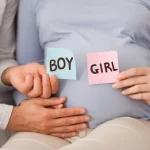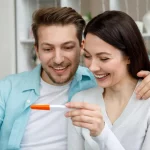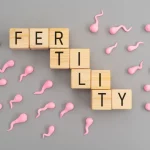Egg donation is an extraordinary gift, but it requires more than just willingness — it requires time and consistency. Many potential donors ask: How long does the process take, and how much time will I need to commit?
For Indian egg donors in the U.S., understanding the timeline is essential to balancing work, school, and personal life. This guide breaks down the step-by-step donor timeline, from application to recovery.
Overview of the Donor Timeline
The entire process usually lasts 2–3 months, though the most time-intensive phase is the final 2–3 weeks during ovarian stimulation.
- Application & Screening: 2–4 weeks
- Cycle Preparation & Legal Contracts: 2–3 weeks
- Ovarian Stimulation & Monitoring: 10–14 days
- Egg Retrieval & Recovery: 1–3 days
Step 1 – Application & Screening (2–4 Weeks)
- Submit application with health and background details.
- Complete medical tests: bloodwork, genetic screening, and ultrasound.
- Psychological evaluation (1–2 hours).
- Agency and clinic approval.
Time commitment: 2–4 clinic visits, plus paperwork.
Step 2 – Legal Contracts & Cycle Preparation (2–3 Weeks)
- Donor is officially matched with intended parents.
- Contracts are signed (donor has independent legal counsel).
- Birth control pills may be prescribed to sync cycles.
Time commitment: 1–2 appointments.
Step 3 – Ovarian Stimulation & Monitoring (10–14 Days)
- Daily hormone injections (self-administered at home).
- Frequent monitoring at the clinic (every 2–3 days, increasing to daily near retrieval).
- Ultrasounds and bloodwork track follicle growth.
Time commitment: 6–8 clinic visits, plus daily at-home injections.
Step 4 – Egg Retrieval & Recovery (1–3 Days)
- Outpatient procedure under light sedation (20–30 minutes).
- Donors rest for several hours at the clinic.
- Most return to normal activities in 24–48 hours.
Time commitment: 1–2 days of downtime.
Balancing Donor Commitment with Daily Life
- Most donors continue work, school, or family duties with minor adjustments.
- Morning clinic visits minimize schedule disruption.
- Donors are encouraged to avoid high-impact workouts during stimulation.
Case Study – Asha’s Donor Timeline
Asha, a 24-year-old student, completed her donor cycle during a university semester. By scheduling clinic appointments early mornings, she balanced classes and donation without stress. She described the timeline as ‘structured but manageable.’
Testimonials
“The process took about 10 weeks, but the busiest time was just the last 2 weeks. It was easier than I expected.” – L.N., Donor, NJ
“I scheduled monitoring before work. It fit into my routine.” – P.S., Donor, CA
FAQ
Q : How long is the whole donor journey?
Ans : About 2–3 months from application to recovery.
Q : Will I miss work or school?
Ans : Minimal — only retrieval day usually requires time off.
Q : Can I travel during the process?
Ans : Not during stimulation. Donors must stay near the clinic.
Q : How much time do clinic visits take?
Ans : Usually 30–60 minutes per visit.
Conclusion & Call to Action
Egg donation requires dedication, but the time commitment is manageable with planning. For most Indian egg donors, the busiest phase lasts just two weeks, making the journey both meaningful and practical.
Ready to start your donor journey?
Your time is valuable — and with just a few weeks of commitment, you can change a family’s life forever.

Dr. Pooja Patel
Dr. Pooja Patel is a Chief Surrogacy Coordinator at Surrogacy4all. She has 10 years of experience in Anesthesiology and critical care medicine.
She received her medical degree from Seth GS Medical College and K.E.M Hospital in India. She then completed an internship. She finished her Anesthesia residency at Grant Govt Medical College and JJ Group of Hospitals in India.










